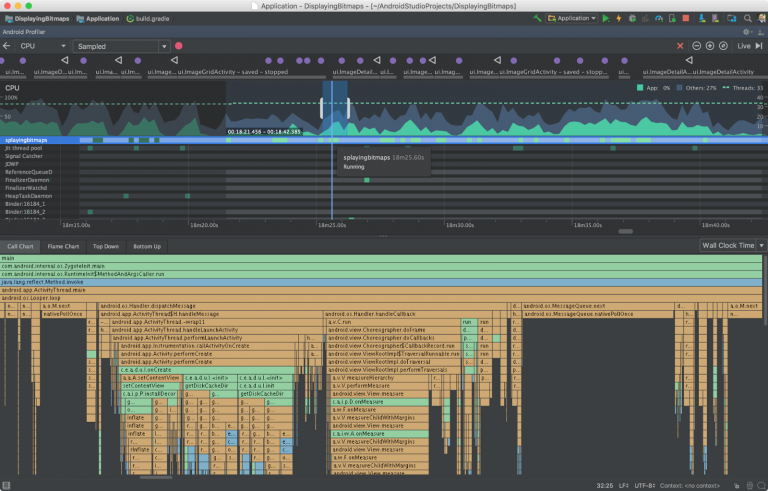

While the abundance of device options is great for consumers, this fragmentation is a major headache for developers and testers.Ĭurrently, we have two main OSs for mobile phones, Android and iOS, which seems simple enough until you account for the different models, makes, and versions – especially for Android. Choosing your devices for testing effectively It’s clear that Appium automation on cloud platforms is the way as we advance. You can see that the cost for doing six months of testing on 12 real devices using a local setup is double the cloud’s cost. Why would you pay more to make your life more difficult?
THINGS 3 ANDROID LICENSE
Local Setup costs are Device Cost (one time) – $800/device x 12 devices and 2-4 Laptops (2 Mac, 2 Windows) is equal to $12,600 and Cloud-Hosted Devices costs are License cost – $999 for (4 concurrent tests per month) for 6 months and One laptop is equal to $6,700 Local Setup vs Cloud Platforms Testing for 6 months on 12 real devices While I am not a salesperson, this is usually the part of the conversion where the cost comes up for this setup. Test advanced use case scenarios such as barcode and check scanning, audio features, GPS simulation, 3rd party applications (Facebook, maps, e-commerce, etc.) TouchID, or customized elements such as sliders, pickers, tables, gestures, and more.


THINGS 3 ANDROID FULL

Devices cannot be maintained in a lab-style environment from home as devices need to be periodically reset.Setting up Appium can be tedious and time-consuming, especially for iOS.And for many if not most predominantly working remotely, a new set of challenges arise: Image Source However, as everyone knows, typical is not what you would use to describe our current reality. Most mobile application automation is done using a local setup where you have a mobile device connected to a laptop executing the tests, typically in an office where single or, multiple stations are set up as illustrated below. Test Using a Cloud Platform – A Change in Mindset Now, I’ll take you through how and why you should. Those three best practices are what you have to do. If you are looking for efficient and cost-effective mobile automation, these not always followed best practices are critical. Using one script for both OSs Android and iOS.
THINGS 3 ANDROID HOW TO
And because of that, we’re going to talk about something else.Įveryone knows that Appium is great, but what I’ve noticed is this common knowledge has resulted in more and more people turning to it in blind faith, without fully understanding how to get the results that made it so appealing in the first place. Whether talking about native, mobile web, or hybrid applications and regardless if your project is iOS or Android, Appium is the most popular open-source framework for mobile application testing – and it’s easy to see why.


 0 kommentar(er)
0 kommentar(er)
